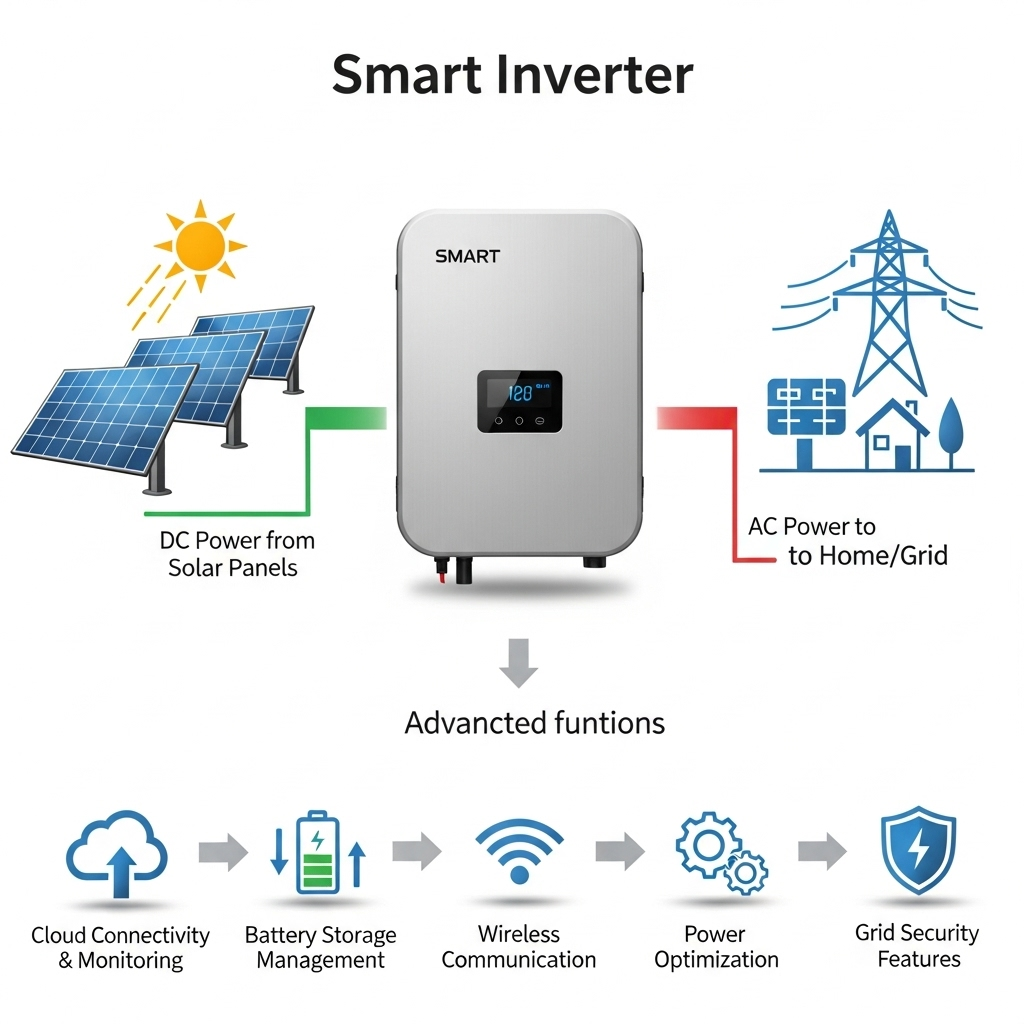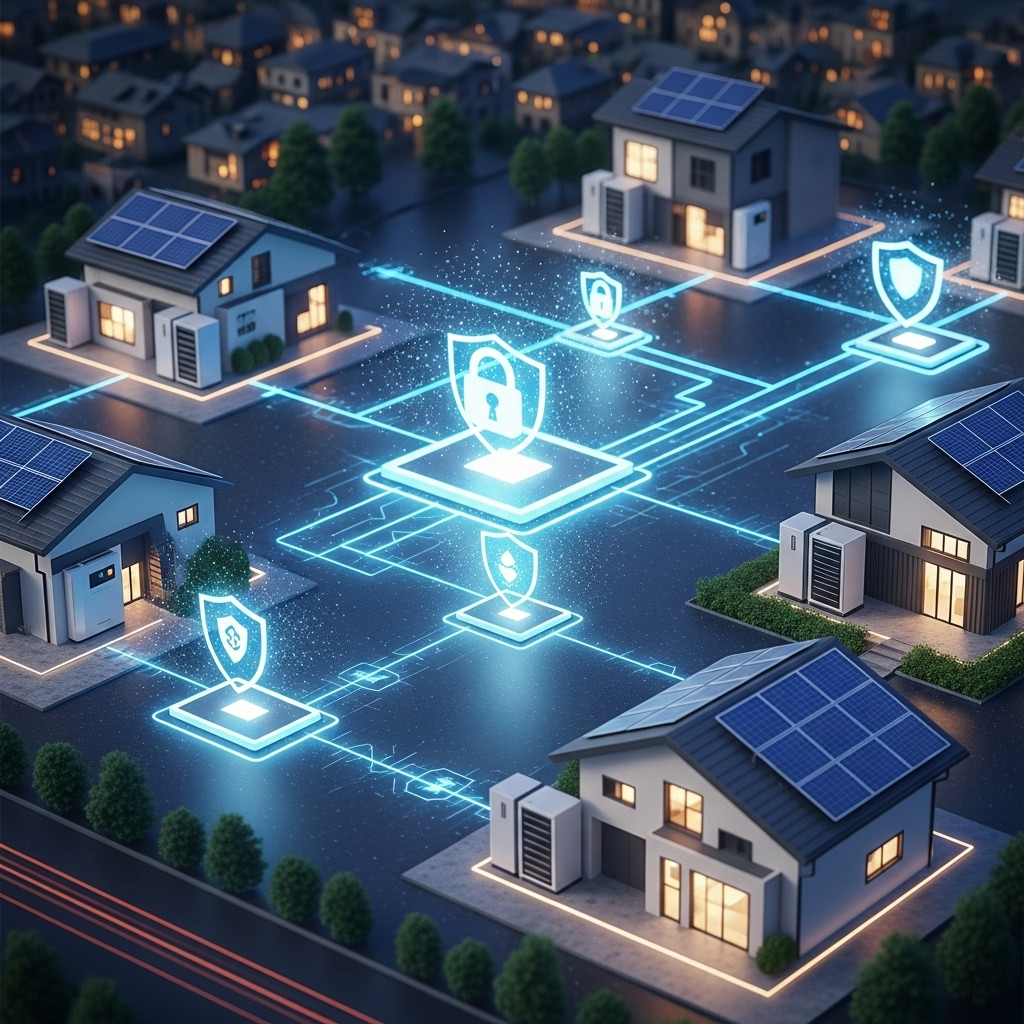The global expansion of solar energy is not a series of isolated events. It is a coordinated movement, significantly shaped by international policies and agreements. These frameworks create a common ground for countries to collaborate on technology, finance, and renewable energy regulations. For developers, businesses, and even homeowners, understanding this landscape is critical for making informed decisions.
This document provides a clear map of the world of global solar cooperation. You will gain insight into how these high-level pacts translate into real-world impacts on project development, technology standards, and financial opportunities. This knowledge helps you navigate the complexities of solar policy and position yourself to benefit from the global transition to clean energy.
The Architecture of Global Solar Cooperation
Countries collaborate on solar energy for several compelling reasons. Shared climate goals, mutual economic benefits, accelerated technology sharing, and the need for secure energy supply chains are primary drivers. This cooperation results in a complex but structured system of agreements designed to propel the solar industry forward.
Multilateral vs. Bilateral Agreements
Global solar cooperation generally takes two forms: multilateral and bilateral. Multilateral agreements, such as those within the G20 or the Clean Energy Ministerial (CEM), involve multiple countries and set broad, ambitious goals. They send powerful signals to the market and establish a collective political will.
Bilateral agreements, in contrast, are partnerships between two nations, like the Strategic Clean Energy Partnership (SCEP) between the United States and India. These tend to be more focused, often involving direct financial support, technology transfer, and specific project developments. A key question for developers is which type of deal leads to faster deployment. You can find a deeper analysis in our look at Bilateral vs Multilateral: Which Solar Deals Deploy Faster?
| Feature | Multilateral Agreements (e.g., G20, CEM) | Bilateral Agreements (e.g., U.S.-India SCEP) |
|---|---|---|
| Scope | Broad, global or regional goals | Specific, targeted between two nations |
| Objective | Set high-level targets, political signaling | Technical collaboration, direct investment, market access |
| Speed | Slower to negotiate, broad impact | Often faster to implement, focused results |
| Example Action | Committing to a collective renewable energy target | A loan for a specific manufacturing facility |
From Local Ordinances to National Policy
International policy is not always a top-down process. Sometimes, the most impactful changes begin at the local level. A classic example is the solar water heating mandate first adopted by the municipality of Barcelona. This local ordinance proved so effective that it was adopted by other cities and provinces before becoming national policy in Spain. This demonstrates how successful local initiatives can provide a blueprint for wider-scale renewable energy regulations. The journey is detailed in this Case Study: From Barcelona Ordinance to National Solar Policy.
How International Policy Directly Impacts Your Solar Project
High-level international solar agreements have tangible consequences for projects on the ground. They influence everything from the permitting process to the availability of financing and the cost of technology.
Streamlining Permitting and Interconnection
One of the most significant barriers to solar deployment can be bureaucratic delay. Lengthy and complex permitting processes can stall or kill otherwise viable projects. International accords often push for the standardization and simplification of these procedures. By establishing common frameworks, they help accelerate project approvals and grid interconnection, a topic covered in How to Navigate Global Solar Accords to Accelerate Permitting. Recent data shows a clear trend where global pacts are helping to speed up this critical step, as highlighted in the 2024 Data Brief: Global Pacts Speed PV Interconnection.
Unlocking Finance and De-Risking Investments
Investors require confidence. International standards for manufacturing and performance provide just that. Initiatives like the PV Quality Assurance Task Force (PVQAT), a collaboration between research institutions, create a unified set of quality guidelines. When a solar panel or an inverter meets these international standards, it gives financiers assurance that the equipment is reliable and the project is bankable. This standardization is a powerful tool to Unlock Finance: International PV Standards That De‑Risk Projects. Financial leaders in the solar sector should pay close attention to these developments, as outlined in 7 International Initiatives Every Solar CFO Must Track.
The Influence on Technology and Costs
Cooperative research and development, often facilitated by organizations like the International Energy Agency (IEA), pools resources and knowledge to accelerate technological breakthroughs. This collaboration helps improve efficiency and drive down costs across the industry. While there is debate on the direct impact of policy on price, the long-term trend is clear: coordinated global effort correlates with falling solar costs. You can examine this relationship further in Myth vs Reality: Do Global Targets Actually Cut Solar Costs?
As policies encourage wider adoption, the demand for reliable and high-performance components grows. The efficiency and lifespan of a system's core components—its batteries and inverters—become critical. High-quality Lithium Iron Phosphate (LiFePO4) batteries, for instance, offer the safety and long cycle life needed to meet the long-term project goals set by these international frameworks.
Key Initiatives and Frameworks to Watch
Staying informed about the most influential global initiatives is key to anticipating market trends and identifying opportunities. These platforms and partnerships are actively shaping the future of solar energy.
Major Global Platforms (G20, CEM, IEA, IRENA)
High-level political and technical bodies are central to global solar policy. The G20 and the Clean Energy Ministerial (CEM) provide platforms for the world's largest economies to make public commitments. The IEA and the International Renewable Energy Agency (IRENA) offer the deep technical analysis, data, and policy roadmaps that governments and industries rely on. Understanding what these deals entail is important for any developer, as explained in this Q&A: What Do G20 and CEM Deals Mean for Solar Developers?
Strategic Partnerships and Supply Chain Security
In recent years, a major focus of international agreements has been the creation of secure and resilient clean energy supply chains. Partnerships like the one between the U.S. and India or the expanded cooperation between Japan and Brazil aim to diversify manufacturing and reduce dependence on a single region. These pacts are actively reshaping the global flow of solar components. For a forward-looking perspective, see the 2025 Outlook: Clean Energy Pacts Reshape PV Supply Chains. A practical playbook for leveraging these agreements is available in Developer Playbook: Tapping EU, U.S., India Energy Pacts.
Aligning Your Strategy with Global Policy Signals
Understanding these international dynamics is the first step. The next is to use this knowledge to inform your own energy strategy, whether for a utility-scale development or for your own home.
The Role of Energy Storage in a Policy-Driven Market
Solar policy is rapidly evolving into solar-plus-storage policy. Grid operators and policymakers recognize that the intermittent nature of solar power requires energy storage to ensure grid stability and reliability. International initiatives increasingly promote the integration of storage solutions.
This is where integrated systems, such as a home energy storage system (ESS) that combines LiFePO4 batteries, a hybrid inverter, and solar panels, become central. They provide the grid stability and energy independence that these policies aim to achieve. To align your project with these trends, it is helpful to follow a clear Roadmap to Align Solar+Storage with IEA/IRENA Policy Signals.
To fully grasp how different storage technologies perform under various conditions, it is helpful to look at detailed performance metrics. Our comprehensive analysis, the Ultimate Reference for Solar Storage Performance, provides hard data on efficiency, depth of discharge, and cycle life for technologies like LiFePO4. This information is crucial for designing systems that align with long-term energy goals.
Practical Steps for Homeowners and Businesses
For individuals and businesses, these global trends have direct implications. Look for national or local incentives, such as tax credits or rebates, which often stem from larger international commitments. When investing in a solar system, prioritize certified, high-quality equipment that meets international standards. This not only ensures better performance and longevity but can also be a requirement for certain financing programs.
For those seeking energy independence, this means selecting a robust off-grid solar solution or a scalable home energy storage system. Our focus is on providing these reliable, expandable solutions. They are built with high-performance components like our LiFePO4 batteries and efficient solar inverters to help you capitalize on this supportive policy environment. However, it is important to avoid common pitfalls when interpreting policy; be aware of the 5 Costly Mistakes When Reading Global Solar Targets.
Disclaimer: The information provided in this document is for educational purposes only and does not constitute financial or legal advice. Please consult with a qualified professional for guidance specific to your situation.
Charting the Path Forward
International agreements are far more than abstract documents. They are powerful engines driving the technical standards, financial mechanisms, and market access that define the solar industry. They create a more predictable and fertile ground for growth.
The direction is clear: toward greater cooperation, increased standardization, and a fundamental integration of energy storage with solar generation. By staying informed about these global solar initiatives, you can make smarter strategic decisions, whether you are developing a multi-megawatt solar farm or securing the energy future of your own home.
We are committed to providing the reliable, high-performance technology needed to build the resilient energy systems of tomorrow. With a foundation of advanced LiFePO4 batteries, integrated energy storage systems, and efficient inverters, you can build a solution that is aligned with the future of energy.





Leave a comment
All comments are moderated before being published.
This site is protected by hCaptcha and the hCaptcha Privacy Policy and Terms of Service apply.